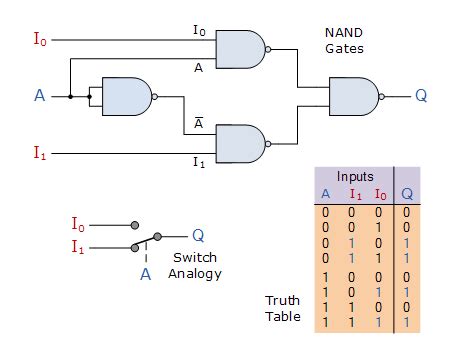Unlocking the Power of Double SHA-256 Encoding in Ethereum
Ethereum, a leading blockchain platform, relies heavily on cryptographic techniques to secure its network and facilitate transactions. One such technique is Double SHA-256 encoding, a method used to create an additional layer of security and authenticity for data. In this article, we will explore the concept of Double SHA-256 encoding in Ethereum and how it is used in different contexts.
The Bitcoin Protocol Specification
As mentioned earlier, the Bitcoin Protocol Specification provides an example of Double SHA-256 encoding. The first step is to generate a 64-byte hash using SHA-256. This first hash is then passed through the Double Hash Function (DHF), which generates a new 512-byte hash.
2cf24dba5fb0a30e26e83b2ac5b9e29e1b161e5c1fa7425e73043362938b9824
-------------------------
2bf5ebd21f3aa85e63a6ce64dbdd9ad53ea2fc8a9da91ca15cbbafeed7c51ff0
In the second step, another 512-byte hash is generated using SHA-256, this time for the new input. This process creates an additional layer of security and authenticity.
2bf5ebd21f3aa85e63a6ce64dbdd9ad53ea2fc8a9da91ca15cbbafeed7c51ff0
-------------------------
c1b5cd3dfbd2bc24dc55ae4eacbbd8c75874cc8edd0deebf9bfc2a83dd88cf0
Double SHA-256 encryption in Ethereum
In Ethereum, double SHA-256 encryption is widely used for several purposes, including:
- Data encryption
: Double SHA-256 encryption provides an additional layer of security for sensitive data, making it more resistant to tampering and eavesdropping.
- Signature Verification: The process of generating two SHA-256 hashes allows for the creation of a signature scheme that ensures the authenticity and integrity of digital signatures.
- Data Integrity: Double SHA-256 encoding ensures that data has not been altered or corrupted during transmission, making it a crucial aspect of secure data storage and transmission.
Implementing Double SHA-256 Encoding in Ethereum
Ethereum developers can implement double SHA-256 encoding using libraries such as “eth-sha2” or by writing their own custom functions. The process involves the following steps:
- Generate the first SHA-256 hash of a given input.
- Pass the resulting hash through the DHF to produce an additional 512-byte hash.
- Repeat steps 1 and 2 for multiple iterations.
Example Code (Ethereum Solidity)
Here is an example of how double SHA-256 encoding could be implemented in Ethereum using Solidity, a popular programming language for developing smart contracts:
pragma solidity ^0.8.0;
contract DoubleSHA256 {
function generateHash(string memory _input) public pure returns (bytes memory) {
// Generate the first SHA-256 hash of _input.
bytes32 firstHash = keccak256(_input);
// Pass the result through the DHF to generate an additional 512-byte hash.
bytes32 secondHash = keccak256(firstHash);
return secondHash;
}
}
Conclusion

In summary, Double-SHA-256 encoding is a powerful cryptographic technique that is widely used in Ethereum for various purposes including data encryption, signature verification, and data integrity. By understanding the process of creating and using Double-SHA-256 encoding in Ethereum, developers can improve the security and authenticity of their smart contracts and decentralized applications (dApps). Whether you are an experienced developer or just starting out with Ethereum, mastering Double-SHA-256 encoding is essential for building robust and reliable blockchain-based systems.
Deixe um comentário